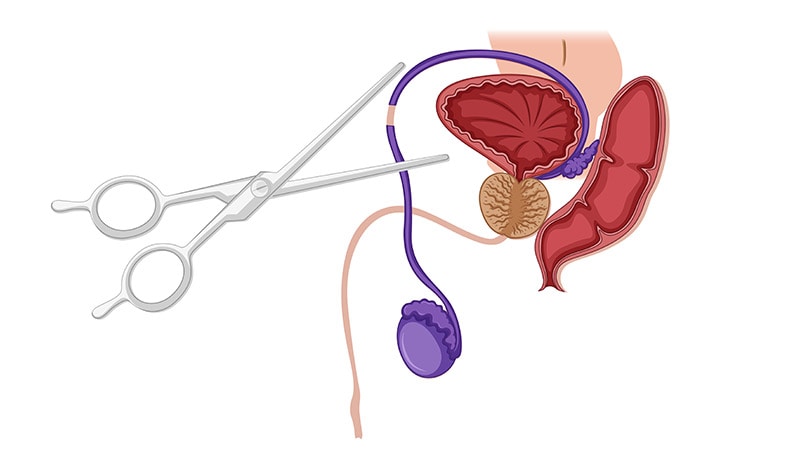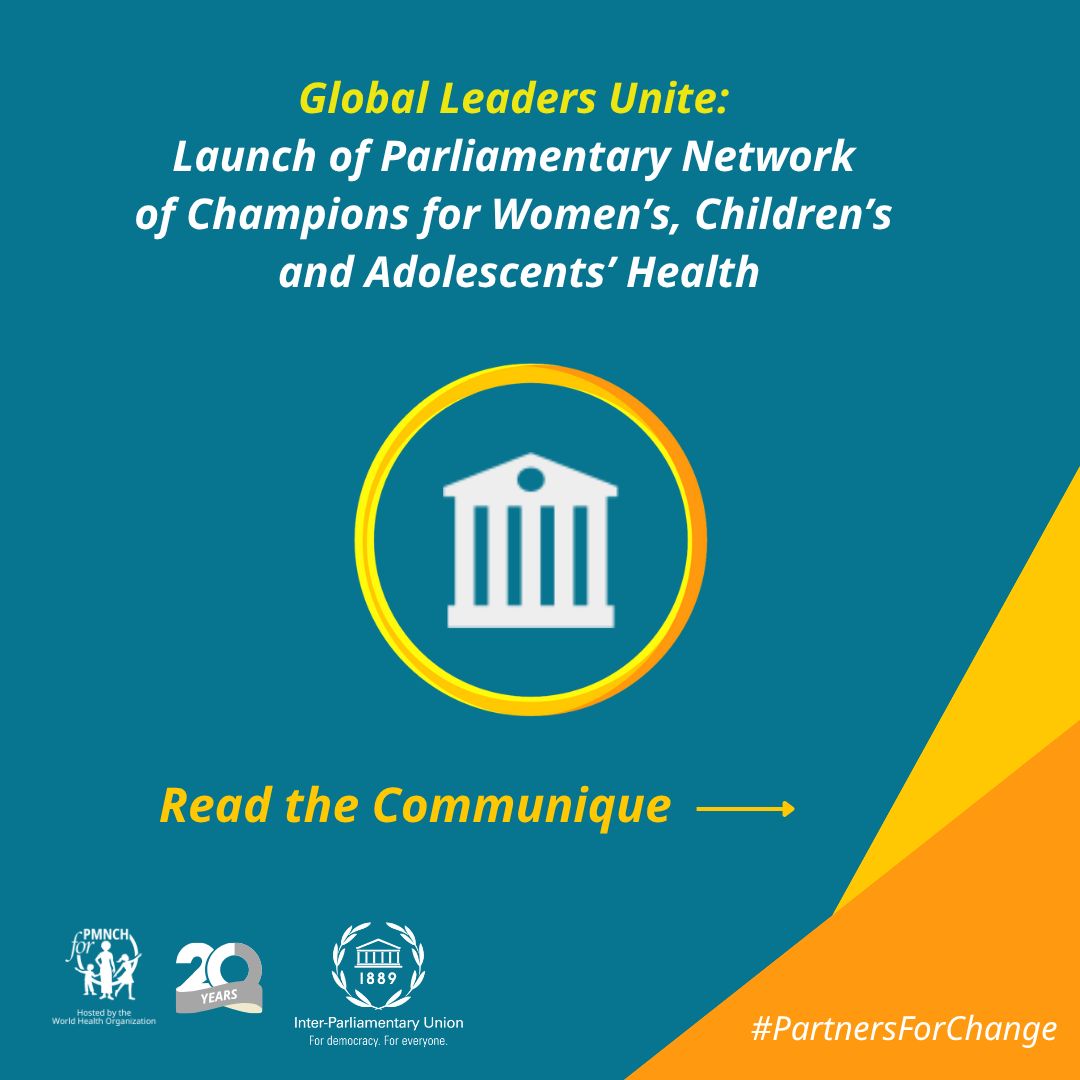Report on a Successful Public Health Intervention in the US Opioid Crisis
Introduction: Progress Towards Sustainable Development Goal 3
In 2024, the United States witnessed a significant 25% reduction in fatal drug overdoses, a development representing substantial progress towards Sustainable Development Goal 3 (Good Health and Well-being), particularly Target 3.5, which aims to strengthen the prevention and treatment of substance abuse. This decline translates to nearly 30,000 lives saved. The state of North Carolina has emerged as a leader in this turnaround, recording a 35% decrease in overdose fatalities by implementing a multi-faceted strategy rooted in harm reduction and public health principles.
Integrated Strategies Advancing Health, Justice, and Economic Opportunity
Harm Reduction and Justice System Reform: Aligning with SDG 16
A key driver of success has been the adoption of harm reduction policies that prioritize the health of individuals over criminalization. This approach directly supports SDG 16 (Peace, Justice and Strong Institutions) by fostering more effective and inclusive institutional responses to a public health crisis.
- Law Enforcement Assisted Diversion (LEAD): In Fayetteville, North Carolina, the LEAD program exemplifies this shift. It is a partnership between local police and the North Carolina Harm Reduction Coalition.
- Program Objectives: Instead of incarceration for low-level offenses committed to fund addiction, eligible individuals are diverted to comprehensive support services. This allows law enforcement to focus on more significant crimes while providing pathways to recovery.
- Outcomes: The program facilitates access to addiction treatment, secure housing, and employment opportunities, thereby promoting social reintegration and reducing recidivism.
Medication-Assisted Treatment (MAT) as a Cornerstone of SDG 3
The expansion of Medication-Assisted Treatment (MAT) has been critical to achieving the reduction in mortality rates, directly addressing the targets of SDG 3. Medications such as methadone and buprenorphine are used to treat opioid use disorder by reducing cravings and withdrawal symptoms.
- Increased Enrollment: In North Carolina, over 30,000 individuals were enrolled in MAT programs in 2024, with continued growth in 2025.
- Clinical Approach: Clinics like the Morse Clinics in Raleigh operate on a harm reduction model. Patients who test positive for illicit substances receive additional counseling rather than being expelled, a strategy that has resulted in an 80-90% long-term success rate in ceasing street drug use.
- Overdose Reversal: The widespread availability of Naloxone, an opioid overdose reversal drug, has also been instrumental. In 2024, its administration was reported over 16,000 times in North Carolina, each instance representing a potential life saved.
Economic Empowerment and Decent Work: Fulfilling SDG 8
The recovery process is intrinsically linked to economic stability, a core component of SDG 8 (Decent Work and Economic Growth). The case of one individual, Kayla, illustrates how integrated support systems can restore economic agency.
- Through the LEAD program, her criminal record was expunged, removing a significant barrier to employment.
- After receiving treatment, she successfully graduated as a certified nurse assistant and secured a job, transitioning from economic precarity to productive employment.
Challenges and Future Outlook
Addressing Inequalities and Ensuring Sustainable Funding
Despite overall progress, challenges remain in achieving equitable outcomes, a key focus of SDG 10 (Reduced Inequalities). Data indicates that Black, Indigenous, and non-white populations in North Carolina have not experienced the same rate of decline in overdose deaths, highlighting the need for targeted interventions. Furthermore, the sustainability of these programs is a concern. While the $1.5 billion from the national Opioid Settlement provides transformative funding for prevention and treatment, potential cuts to federal programs like Medicaid threaten access to care for a majority of patients.
The Role of Partnerships for the Goals (SDG 17)
The success achieved in North Carolina is a testament to the power of multi-sectoral collaboration, as envisioned in SDG 17 (Partnerships for the Goals). The legal action against opioid manufacturers, co-led by a bipartisan group of state attorneys general, resulted in a $60 billion settlement that now funds abatement efforts. This, combined with local partnerships between law enforcement, healthcare providers, and community organizations, provides a robust framework for tackling complex public health challenges.
Analysis of Sustainable Development Goals in the Article
1. Which SDGs are addressed or connected to the issues highlighted in the article?
-
SDG 3: Good Health and Well-being
- The article’s central theme is the public health crisis caused by fentanyl and opioid addiction. It discusses drug-related deaths, overdose prevention, mental health issues associated with addiction (“The voices in my head just completely went silent”), and various treatment and harm reduction strategies aimed at saving lives and improving the health of individuals with substance use disorders.
-
SDG 8: Decent Work and Economic Growth
- The article connects substance abuse recovery to economic stability and employment. It highlights Kayla’s journey from funding her addiction through prostitution to graduating as a certified nurse assistant and securing a job. It also notes that most patients in treatment clinics are employed, demonstrating how recovery programs contribute to productive employment.
-
SDG 10: Reduced Inequalities
- The article explicitly points out inequalities in health outcomes, stating that “the state’s black, indigenous and non-white populations haven’t experienced the same rates of decrease” in fatal overdoses. This highlights a disparity in how different racial and ethnic groups are affected by the crisis and the effectiveness of the response.
-
SDG 16: Peace, Justice and Strong Institutions
- The article discusses the Law Enforcement Assisted Diversion (LEAD) program, a partnership between police and a harm reduction coalition. This program represents an evolution in institutional approaches, moving from criminalization to a health-focused diversion strategy. It also mentions the expungement of criminal records and the successful legal action by state attorneys general against opioid manufacturers, which relates to ensuring access to justice and holding powerful entities accountable.
2. What specific targets under those SDGs can be identified based on the article’s content?
-
Under SDG 3: Good Health and Well-being
- Target 3.4: Reduce by one-third premature mortality from non-communicable diseases through prevention and treatment and promote mental health and well-being. The article directly addresses this by focusing on the significant reduction in premature deaths from drug overdoses (a 25% fall nationwide, 35% in North Carolina) through prevention and treatment efforts.
- Target 3.5: Strengthen the prevention and treatment of substance abuse, including narcotic drug abuse. The entire article is an exploration of this target, detailing harm reduction strategies, medication-assisted treatments (methadone, buprenorphine), and recovery support programs designed to combat narcotic (fentanyl) abuse.
-
Under SDG 8: Decent Work and Economic Growth
- Target 8.5: Achieve full and productive employment and decent work for all women and men. Kayla’s story exemplifies this target. After receiving support, she left prostitution, gained a certification, and found decent work as a nurse assistant. The article notes that “Most of our folks [in treatment] are working,” linking recovery to stable employment.
-
Under SDG 10: Reduced Inequalities
- Target 10.3: Ensure equal opportunity and reduce inequalities of outcome. The article’s observation that overdose death rates have not fallen equally across all racial groups directly relates to this target, highlighting an inequality of outcome that needs to be addressed.
-
Under SDG 16: Peace, Justice and Strong Institutions
- Target 16.3: Promote the rule of law… and ensure equal access to justice for all. The LEAD program, which diverts individuals from the criminal justice system to health services, and the wiping of Kayla’s criminal record, are concrete examples of providing alternative paths to justice that focus on rehabilitation rather than punishment.
- Target 16.6: Develop effective, accountable and transparent institutions at all levels. The partnership between the Fayetteville police and the North Carolina Harm Reduction Coalition is an example of developing more effective and accountable local institutions to address the drug crisis.
3. Are there any indicators mentioned or implied in the article that can be used to measure progress towards the identified targets?
-
Indicators for SDG 3 (Targets 3.4 & 3.5)
- Mortality rate due to substance abuse: The article provides specific data points: “over 110,000 drug-related deaths in the US” in 2023; a nationwide decrease of “around 25%” in 2024; and a “35%” decrease in overdose fatalities” in North Carolina.
- Coverage of treatment for substance use disorders: The article states that in North Carolina, “more than 30,000 people were enrolled in a programme in 2024.”
- Availability and use of overdose-reversal medication: Progress is measured by the statistic that Naloxone “was administered more than 16,000 times” in North Carolina in 2024.
-
Indicators for SDG 8 (Target 8.5)
- Employment rate of people in recovery: While not providing a specific number, the article implies this indicator by stating, “Most of our folks are working – once they’re sober, they show up to work on time every day.” Kayla’s successful employment serves as a qualitative case-study indicator.
-
Indicators for SDG 10 (Target 10.3)
- Mortality rates disaggregated by race and ethnicity: The need for this indicator is implied by the statement that “black, indigenous and non-white populations haven’t experienced the same rates of decrease” in overdose deaths, suggesting that progress must be tracked across different demographic groups to ensure equity.
-
Indicators for SDG 16 (Target 16.3)
- Number of individuals diverted from the criminal justice system: The description of the LEAD program, which diverts substance users “away from crime, and get them on the road to recovery,” serves as an indicator of a shift in justice system practices.
- Number of criminal records expunged for program participants: The article provides a specific example with Kayla, whose “criminal record has been wiped” as part of the LEAD process.
4. Summary Table of SDGs, Targets, and Indicators
| SDGs | Targets | Indicators Identified in the Article |
|---|---|---|
| SDG 3: Good Health and Well-being |
3.4: Reduce premature mortality.
3.5: Strengthen prevention and treatment of substance abuse. |
|
| SDG 8: Decent Work and Economic Growth | 8.5: Achieve full and productive employment and decent work for all. |
|
| SDG 10: Reduced Inequalities | 10.3: Ensure equal opportunity and reduce inequalities of outcome. |
|
| SDG 16: Peace, Justice and Strong Institutions |
16.3: Promote the rule of law and ensure equal access to justice.
16.6: Develop effective, accountable institutions. |
|
Source: bbc.com







